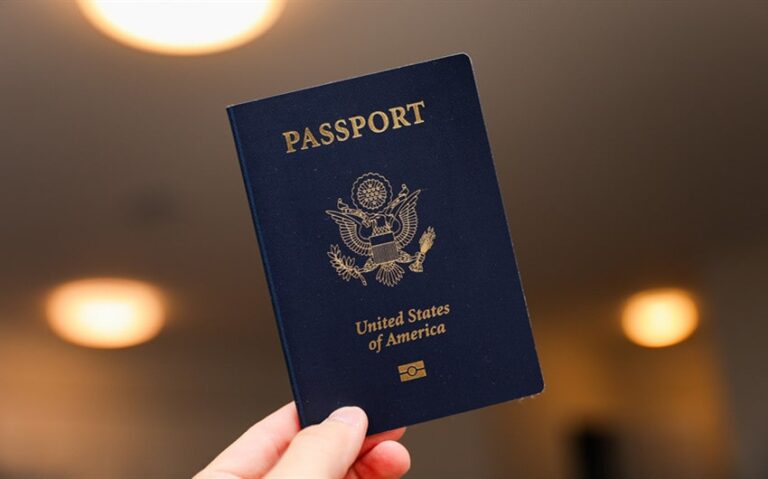Can I Bring a Skateboard on a Plane? Everything You Need to Know
Whether you’re heading out on a skate trip, vacation, or simply don’t go anywhere without your board, flying with a skateboard raises some questions. Will it count as carry-on? Will it need to be checked? Are there restrictions for electric boards? The answer depends on your airline, your destination, and how you pack your gear. Here’s a complete breakdown of how to fly with your skateboard — without stress or surprise fees.
Can You Bring a Skateboard in Your Carry-On?
In most cases, yes — standard skateboards are allowed in carry-on luggage, but the key is size. Airlines generally require carry-on items to fit either under the seat in front of you or in the overhead bin. Since skateboards typically measure 28–33 inches long, they fall into a gray area: not quite oversized, but longer than most bags.
If your board fits in the overhead bin (and you can store it safely), many airlines will let you carry it on. However, this depends heavily on gate agent discretion, aircraft size, and whether overhead space is already full. Some travelers have had no issues; others have been forced to gate-check their board at the last minute.
- Tips: Remove the trucks to reduce length and pack the deck inside a travel backpack. Some padded skateboard backpacks are designed to fit airline dimensions.
- Note: Longboards rarely qualify for carry-on due to their length and must be checked.
Airline Policies Vary — Know Before You Go
There is no universal airline policy for skateboards. Each airline handles them differently, so it’s essential to check their most recent guidelines or contact customer support before flying. Here’s a summary of popular airline rules:
- American Airlines: Skateboards are permitted as carry-on items if they meet size limits. Otherwise, they may be checked as sports equipment.
- United Airlines: Skateboards count as either a personal item or carry-on, depending on how they’re packed. They must not exceed standard size restrictions.
- Delta Airlines: Allows skateboards on board if they fit overhead or under-seat. Gate agents may request that they be checked if space is limited.
- Southwest Airlines: Permits skateboards as carry-on items provided they are safely stored. Their policies are among the most skater-friendly.
- JetBlue: Skateboards are allowed but must conform to carry-on size and weight regulations. Some travelers report being required to check them.
Important: Policies also vary by region. Even within the same airline, rules may differ between domestic and international flights. Calling ahead can prevent last-minute hassles.
Can You Check a Skateboard Instead?
Yes — checking your skateboard is often the simplest option, especially for longer boards or if you’re traveling with lots of gear. When packed properly, checked skateboards arrive safely and let you travel hands-free through the airport.
If you choose this route, consider using a padded skateboard bag or placing the board inside a hard-sided suitcase for added protection. Wrapping the board in clothing or bubble wrap reduces the risk of damage.
- Tip: Always check the airline’s baggage policy. Most charge standard fees for checked bags, but some may treat oversized boards (like longboards) as special equipment and apply extra charges.
- Protection tip: Remove the trucks to minimize profile and reduce pressure points. Pad the nose and tail of your board especially well.
Checked boards are less prone to last-minute rejection at the gate, but you do lose immediate access — so it’s best reserved for longer trips or when you’re carrying multiple bags.
What About Electric Skateboards?
This is where things get more complicated. Most airlines do not allow electric skateboards — or any device with lithium-ion batteries over 100 watt-hours (Wh) — in either carry-on or checked luggage due to fire risks.
Electric skateboards often exceed this watt-hour limit, making them a no-go for most commercial flights. Even if the board is allowed, the battery will need to be removed and carried separately, and even then it may not meet the airline’s lithium battery policies.
- If you must fly with one: Choose an airline that explicitly allows e-boards, remove the battery (if detachable), and check that it falls below 100Wh.
- Alternative: Ship the board ahead via courier service or rent one at your destination.
To avoid confiscation or delays, always call the airline in advance and get written confirmation if possible. And remember — international flights tend to have stricter regulations than domestic U.S. routes.
Airport Security and TSA Rules
According to the TSA, skateboards are allowed through security checkpoints. You can carry your board by hand, strap it to your backpack, or pack it inside a bag. However, TSA agents can still deny any item if it’s deemed a safety risk.
As with any larger or unusual carry-on, be respectful and cooperative. A clean, packed skateboard that doesn’t cause obstruction is less likely to attract attention. Be ready to remove it from your bag during screening if requested.
Skate tools are generally allowed, but any sharp parts or tools over 7 inches may be confiscated. If you carry a skate tool, pack it in checked luggage just to be safe.
Tips for Flying with a Skateboard
To make your trip smoother, keep these practical suggestions in mind:
- Call the airline ahead: Don’t rely solely on website info. A quick call can clarify your board’s eligibility.
- Use a board bag: Skate-specific travel bags make carrying and protecting your gear much easier.
- Pack light: Combine your board with your main bag to reduce carry-ons. Some backpacks allow the deck to be strapped externally.
- Respect airport rules: Don’t ride your skateboard in the terminal. Security and staff may view it as disruptive behavior.
- Document your gear: If you check your board, take a photo beforehand in case you need to file a damage or loss claim.
Final Thoughts: Skate Travel Is Possible (with Planning)
You can absolutely bring a skateboard on a plane — but how you do it matters. Standard boards often qualify for carry-on, while longboards or electric boards typically require extra steps. The key is knowing your airline’s policy, packing smart, and planning ahead to avoid stress at the airport.
With the right bag, a little preparation, and a respectful approach, your board can follow you almost anywhere. Because the best skate spots are sometimes found a thousand miles from home — and yes, they’re worth the flight.







